Cover
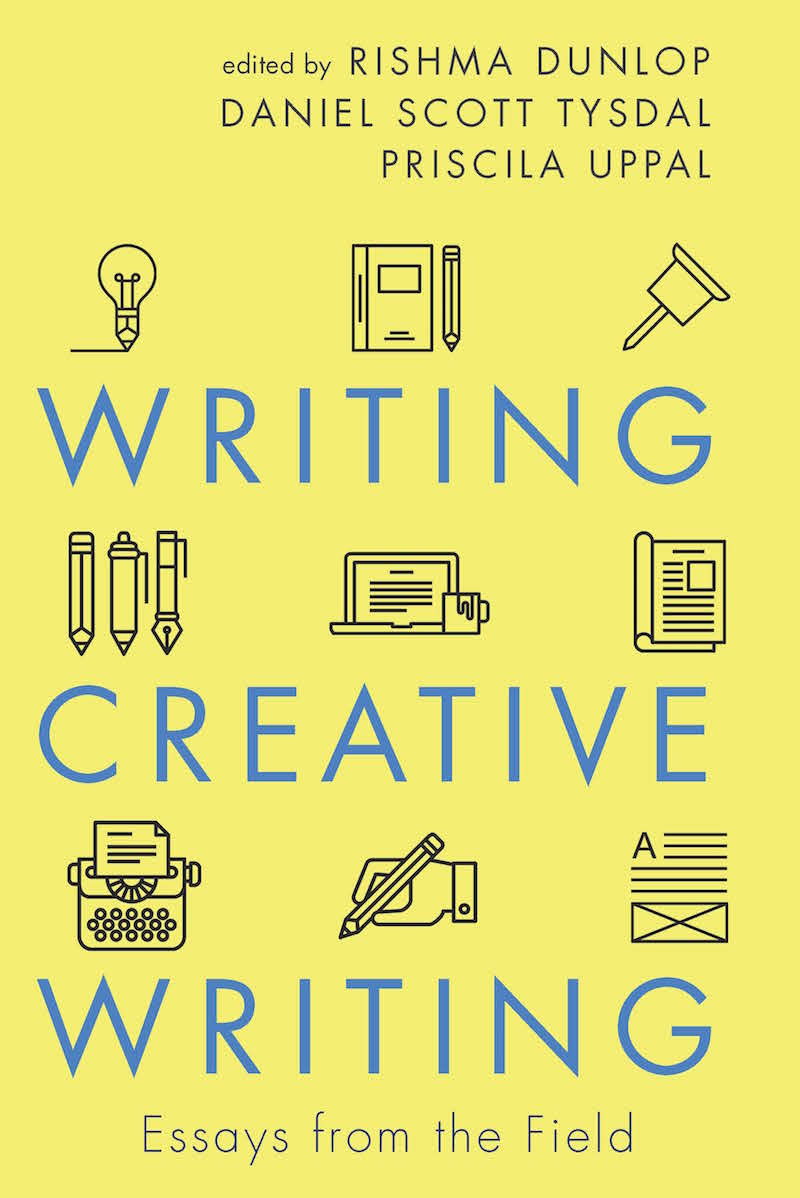
Copyright
Copyright Rishma Dunlop, Daniel Scott Tysdal, Priscila Uppal, 2018
All rights reserved. No part of this publication may be reproduced, stored in a retrieval system, or transmitted in any form or by any means, electronic, mechanical, photocopying, recording, or otherwise (except for brief passages for purposes of review) without the prior permission of Dundurn Press. Permission to photocopy should be requested from Access Copyright.
Cover images: Shutterstock.com/Keep Calm and Vector
Library and Archives Canada Cataloguing in Publication
Writing creative writing : essays from the field / Rishma Dunlop, Daniel
Scott Tysdal, Priscila Uppal, editors.
Includes bibliographical references.
Issued in print and electronic formats.
ISBN 978-1-4597-4169-0 (softcover).--ISBN 978-1-4597-4170-6 (PDF).-
ISBN 978-1-4597-4171-3 (EPUB)
1. Creative writing. 2. Authorship. I. Dunlop, Rishma, 1956-2016, editor
II. Tysdal, Daniel Scott, 1978-, editor III. Uppal, Priscila, editor
PN145.W77 2018 808.02 C2017-907344-3
C2017-907345-1

We acknowledge the support of the Canada Council for the Arts, which last year invested $153 million to bring the artsto Canadians throughout the country, and the Ontario Arts Council for our publishing program. We also acknowledge the financial support of the Government of Canada through the Ontario Book Publishing Tax Credit and the Ontario Media Development Corporation, and the Government of Canada.
Nous remercions le Conseil des arts du Canada de son soutien. Lan dernier, le Conseil a investi 153 millions de dollarspour mettre de lart dans la vie des Canadiennes et des Canadiens de tout le pays.
Care has been taken to trace the ownership of copyright material used in this book. The author and the publisher welcome any information enabling them to rectify any references or credits in subsequent editions.
J. Kirk Howard, President
The publisher is not responsible for websites or their content unless they are owned by the publisher.

dundurn.com

@dundurnpress

dundurnpress

dundurnpress

Dedication
In Memory of Rishma Dunlop
(19562016)
Introduction
Writing Creative Writing: A Student, a Teacher, and a Genre Walk into a Classroom and into Endless Possibilities
Rishma Dunlop, Daniel Scott Tysdal, and Priscila Uppal
T he creative writing classroom is a joke. Or, at least, when speaking of the range of the identities of the participants, it has the makings of a joke: a student, a teacher, and a genre walk into a classroom. This is just one possible setup. Each of these individual figures, in truth, contains multiple identities.
The student alone could warrant a setup: a student with a degree or diploma (at a university or college) or work and family duties (in continuing education or community courses), a burgeoning writer, and a human anxious about sharing ones most private meanings and tender experiences with strangers walks into a classroom.
The same goes for the teacher: an instructor, a professional writer, or a member of a department, organization, or community group walks into a classroom. For those responsible for running creative writing programs, these identities expand: an instructor, writer, department member, administrator, program designer, promoter, extracurricular event organizer, funding solicitor, and more.
On the topic of the writing itself, the classroom fills up just as quickly. Whether a multi-genre introductory course or an advanced, genre-specific class, the material is many-layered, too: the elements of craft of the genre or genres, the traditions and communities included in the course, and the traditions and communities a given course leaves out walk into the classroom.
Instead of further embellishing the setups of these crowded classrooms or attempting to manufacture a punchline, we will share what is for us the crucial implication of these setups. Not only does a lot of work go into planning, running, and taking part in a creative writing assignment, class, and program, but also many different types of work go into building a successful assignment, class, program, and polished written product. What this implication lacks in humour, then, it makes up for by characterizing one of the key features that makes the creative writing classroom and the creative writing instructors job so frightening and inspiring, exhausting and sustaining, and challenging and rewarding: the multi-faceted labour of the instructor, the multiple needs of the student, the various layers of craft and creation, and the many demands of the institutions, communities, and professional organizations in which creative writing and the teaching of creative writing take place.
The writing gathered in Writing Creative Writing: Essays from the Field encounters these many different types of work documenting the difficulties, exploring the possibilities, reflecting on experiences, analyzing inner workings, and advising on design and action. Furthermore, these writers diverse in terms of everything from genre to ethnicity to region offer a wide range of unique perspectives on the practice of creative writing and the profession. Yet, crucially, what links this variety of essays and authors is their focus on a specific type or aspect of the work of teaching and producing creative writing, ranging from the particular creative writing assignment to the larger national, economic, and cultural contexts in which writing, publishing, and creative writing instruction take place. To this end, the collection is divided into four sections: Writing Creative Writing Pedagogy (which is, in turn, subdivided By Genre(s), By Approach, and By Classroom); Re-Writing the Creative Writing Tradition; Writing the Creative Writing Professor; and Writing Creative Writing Programs.
Writing Creative Writing Pedagogy is our longest section for a reason: for a long time the hottest debate among those in the field was whether or not creative writing can be taught. While that debate hasnt entirely been demolished by the weight of sheer numbers of creative writing courses, it has been swept aside as more and more approaches to teaching creative writing have emerged. These not only develop best practices but also simply share different types of best practices or what may be best practices under certain circumstances, or in the light of shifting demographics and shifting trends.
The subdivision By Genre is, traditionally, the way creative writing has been categorized. It still serves us as a useful category, since the vast majority of creative writing courses and creative writing products are still defined by genre. (And, arguably, all the essays in this collection discuss elements of genre.) However, the types of creative writing courses offered in any given program have shifted and expanded over the years beyond the staple poetry and fiction courses, and so this subsection highlights the ways in which teaching those traditional genres has changed radically. Wanda Campbell examines the tensions and satisfactions inherent in teaching fixed forms versus free verse; Daniel Scott Tysdal demonstrates how to use student-friendly modern technology to teach and create innovative poetry; while Nicole Markoti and Suzette Mayr delve pen first into the taboo topic of how to write and discuss sex in fiction. This subsection also offers invaluable pedagogical primers from pioneers in the field of such in-demand courses as screenwriting, with Peggy Thompson, and comic books/graphic novels, with Mary Schendlinger.


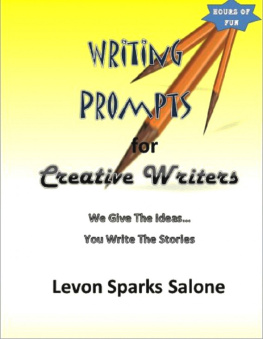
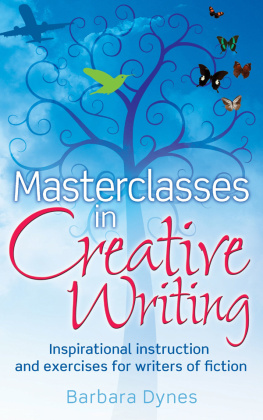
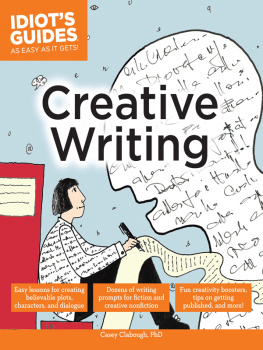
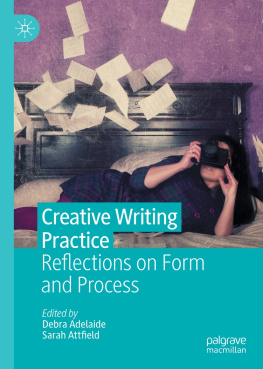
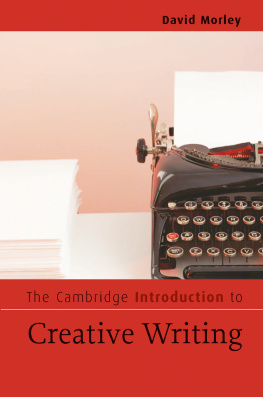
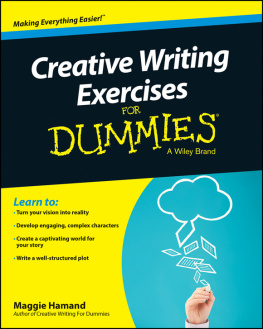
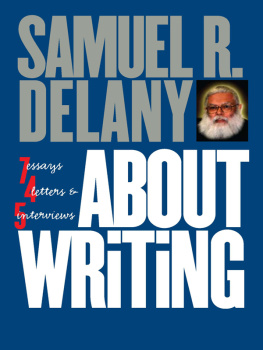


 dundurn.com
dundurn.com  @dundurnpress
@dundurnpress  dundurnpress
dundurnpress  dundurnpress
dundurnpress